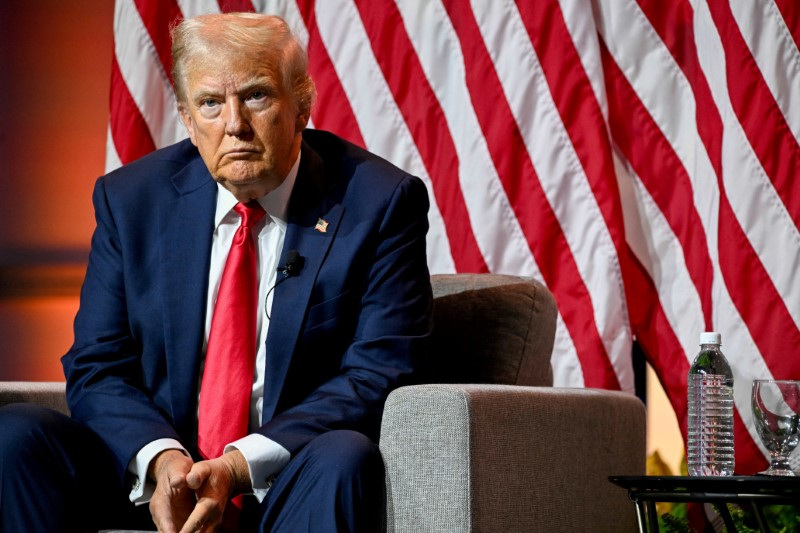The presidential race in the United States, after multiple shifts, is now essentially an even contest, Goldman Sachs (NYSE:GS) political economists said in a Monday note.
Recent polling indicates that Vice President Harris holds a slight national lead of approximately 3 percentage points, though longer-term averages suggest a closer race. Crucially, Harris’s standing in key swing states has improved, with about 100 electoral votes now within 2 percentage points of being evenly split.
“Our tracking of state polls still shows Pennsylvania as the “tipping point”, where Trump now leads Harris by only 0.2pp,” economists wrote.
As more polls are released, additional states are expected to shift toward a narrow Democratic lead, particularly as Democrats benefit from a convention bounce, historically worth around 2 percentage points.
However, further Democratic gains might be limited, economists argue, as much of the recent change has come from third-party supporters and undecided voters, who are now fewer in number.
Democrats now back their candidate at levels similar to previous elections. Despite the apparent turn in polls, there is still uncertainty regarding the level of support due to significant polling errors in the last two presidential elections.
Harris has made notable progress but remains behind President Biden's position in the 2020 race and is closer to where Secretary Clinton was in 2016.
“Soft economic data could also affect the race, though we see little evidence it has so far, and polling suggests that voter trust in Harris’s handling of the economy has improved,” said the economists.
They also note that the shift in the presidential race has had a limited effect on the congressional outlook.
The national “generic ballot” for the House now indicates a narrow Democratic advantage of 0.8 percentage points. In the Senate, the pivotal seat is still in Montana, where polling is sparse but shows a 2 percentage point Republican lead.
Prediction markets have significantly shifted in recent weeks, now favoring a Harris victory with a divided government—most likely a Republican Senate and Democratic House. This scenario is seen as the most probable, albeit by a slim margin, compared to either a Republican sweep, which was considered the most likely scenario just weeks ago, or a Democratic sweep, which recently seemed unlikely.
